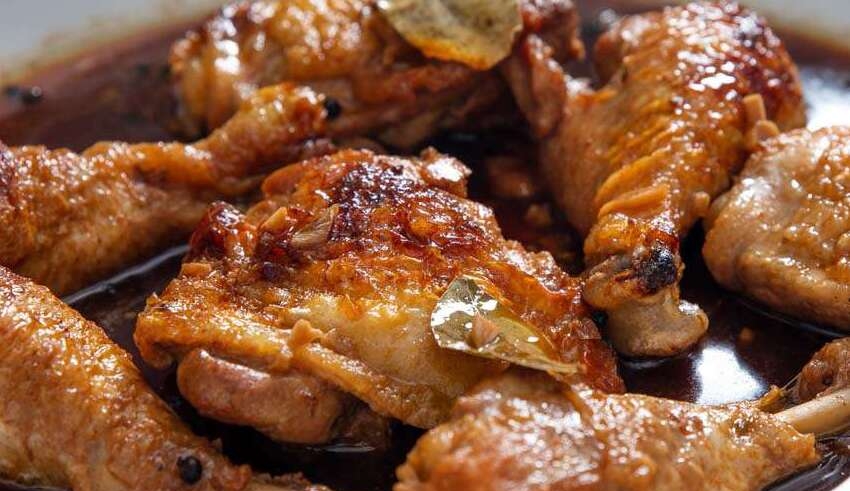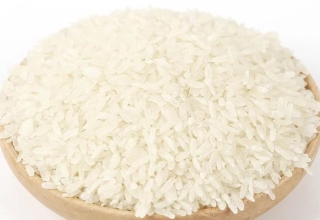
Adobo is the first Filipino dish to be featured on the Google Doodle platform.
“Adobo is an integral component of Filipino history. It is a growing, well-liked comfort food or culinary style that transcends all economic barriers. For adobo, the original Filipino food, to be featured as a Google Doodle is a Pinoy Pride moment,” said Mervin Wenke, Head of Communications and Public Affairs for Google Philippines.
“It is a pleasure to debut on such a worldwide platform this Doodle that highlights the originality and diversity of Filipino food,” he remarked.
Adobo may be found everywhere, from five-star restaurants in Manila to the kitchens of Filipino families throughout the globe. The word “adobo” was introduced to the Oxford English Dictionary (OED) for the first time in December 2006 and was included in the following quarterly update of the OED, published on this day in 2007.
There are several varieties of Adobo, but they always contain the same fundamental ingredients: meat or vegetables that have been marinated and simmered. Vinegar, soy sauce, garlic, bay leaves, and black pepper are common components. Local tastes make Filipino adobo significantly sweeter, sourer, and saltier than other variants.
Many regions in the Philippines offer Adobo a regional touch. Locals in the Visayas region love adobong puti (White Adobo), which is believed by some to be the original indigenous version because it utilizes only vinegar and no soy sauce. In regions like as Southern Luzon, where coconut milk is a staple, creamier adobo dishes such as Adobong Manok sa Gata (chicken adobo with coconut milk) are wildly popular. Some replace beef with seafood such as squid or locally accessible vegetables such as kangkong (water spinach) or sitaw (string beans).
Keep Reading
“Adobo is a source of Filipino identity and national pride. Wherever Filipinos go in the globe, the simple utterance of the term “adobo” is sufficient to trigger a longing for home-cooked cuisine. There is nothing quite like our own unique Adobo, whether eaten with rice, pandesal, or just by itself,” famous chef and cuisine writer Claude Tayag said.
“Celebrating Adobo as the very first Filipino dish Google Doodle is extremely noteworthy. This is an excellent method for generating online dialogues about our rich and diverse cuisine heritage,” he remarked.
Google Doodle designer Anthony Irwin remarked on the process: “I ordered southern-style chicken Adobo from a nearby restaurant to jog my memory while creating the artwork for this Doodle, and the aroma was the first thing to strike me. It was so brilliant and nostalgic that it immediately filled my flat with a sense of familiarity: this is how things should be. Hence, I attempted to depict the basic childlike pleasure of leaning in and tasting the type of cuisine that makes one feel at home. Kain nang mabuti!”
This renowned dish has evolved throughout the years and is now eaten globally. It differs from area to region, family to family, and palate to palate as a sign and statement of Filipino pride. The youngsters depicted in today’s artwork would undoubtedly concur that the history, flavor, and fragrances of this dish are all exceptional. Wherever and however it is prepared, Adobo leaves satisfied stomachs and salivating tongues.



























